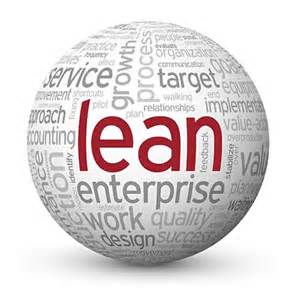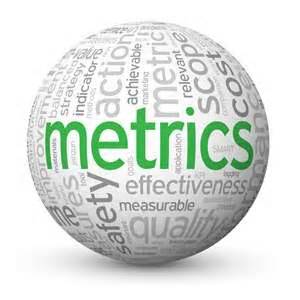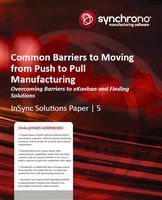Blog
-

Lean Manufacturing Driven by Rapid Return on eKanban Technology Investment
Lean Manufacturing relies heavily on trusted relationships with suppliers and pre-negotiated terms of engagement. Through the use of supplier quality certifications and blanket (long-term) purchase orders, a manufacturer can accurately and effectively calculate the optimal level of inventory needed to fulfill demand requirements through the duration of replenishment lead time. Ensuring supplier performance When a…
-

Demand Driven Manufacturing in the Engineer-to-Order Space
Aligning Lean Manufacturing and Continuous Improvement Practices Demand-driven manufacturing (DDM) is an approach to manufacturing where production is based on actual demand rather than forecasts. DDM enables a synchronized, closed loop between customer orders, production scheduling and manufacturing execution – all while simultaneously coordinating the flow of materials and resources across the supply chain. The…
-

Modern Metrics
How Technology Has Changed What We Measure The two areas of my working world are embracing technology like never before: Marketing and manufacturing. While digital content and automated technologies gave birth to the modern marketer, a more real-time, digitally connected enterprise is driving modern manufacturing strategies like the Factory of the Future, Smart Manufacturing and…
-
Made for Manufacturers
By Sarah Balogh Made for Manufacturers A common statement I hear from customers is that they are working with technology and software that doesn’t provide the functionality they need as manufacturers. They are told that certain enterprise software packages “can do everything” they need to plan, schedule, and run their factories. But months after implementation…
-

Kanban Series White Paper: Common Barriers to Moving from Push to Pull Manufacturing
This resource addresses the following challenges:
-

Demand-Driven Technologies Evolved
By John Maher When I first began instituting demand-driven practices in the late 90s, we were into creating pull, eliminating waste, and getting on a path of continuous improvement. Technology at the time was seen as an inhibitor rather than an enabler. Most people active in Constraints Management and Lean Manufacturing were abandoning their technology…
